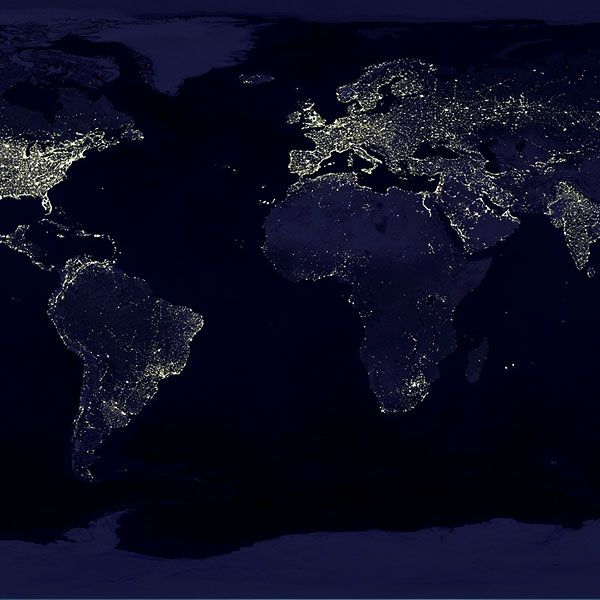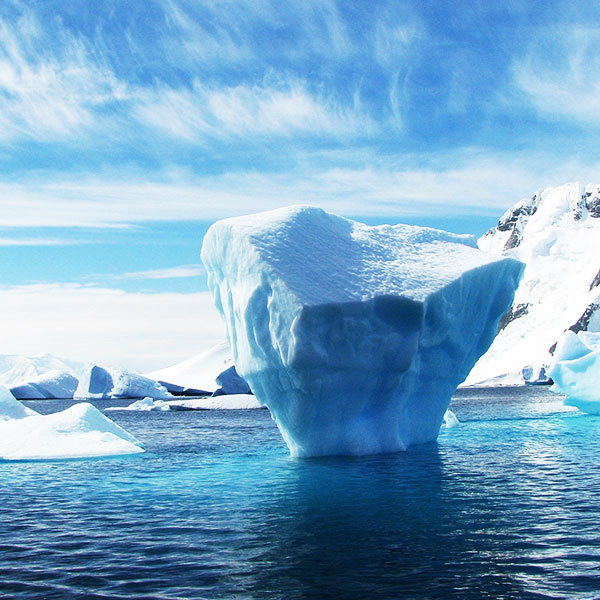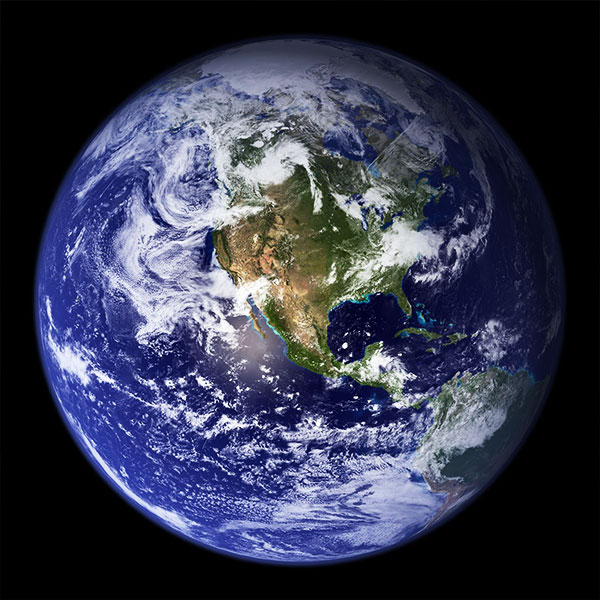Supercontinents have been forming since the Archean eon, 4 billion years to 2.5 billion years ago. The continents will come together and break apart again due a variety of geological processes. Continental drift, subduction, uplift, the heat and pressure from Earth’s internals.
There is less evidence for the earlier supercontinents so the existence of these are debated. However there is concrete evidence for Pangea and some for Rodinia before it. Nevertheless, below is a timeline assembled from various sources.
Timeline
– 3.8 million years ago in the Archean Eon, the continental crust started to form which is a layer of igneous, metamorphic and sedimentary rocks that forms the geological continents. The crust was covered in ocean.
– 3 billion years ago. These small fragments began merging together into larger plates, this can be found at the heart of modern continents.
– 3.5 – 3.2 billion years ago – Vaalbara potentially existed but wasn’t a massive one like later ones.
– 3 billion years ago – Ur.
– 2.7 billion years ago – Kenorland. This combined Vaalbara with current day North-America, Greenland, Scandinavia and Southern Africa.
– 2 billion years to 1.8 billion years ago. Columbia. Began to fragment 1.5 billion years ago – 1.35 billion years ago
– 1.2 billion years ago – 900 million years ago. Rodinia which included Laurentia in the middle of its landmass. Started to break up 700 million years ago.
– 633 – 573 million years ago Pannotia centred on the South Pole.
– 335 million years ago. Supercontinent Pangaea began to form. Contained nearly all the landmass on earth. Name means ‘all lands’ in Greek. The continent took up 1/3 of the earth’s surface. The other two thirds were taken up by a single ocean, Panthalassa.
– 200 million years ago. Pangaea broke up into two large continents, Laurasia in the north (includes modern day Asia, Europe and North America). And Gondwana in the south (contains modern South America, Antarctica, Africa, Australia, India).
– 100 million years ago. Sahul separated from Gondwana.
As for the future of supercontinents, it is suggested that the Atlantic will widen, the Pacific ocean will narrow bringing Asia and North America together forming a new supercontinent. With a new colourful name no doubt.






Hi, I do think this is an excellent blog. I stumbledupon it 😉 I will come
back yet again since I book-marked it. Money and freedom is the greatest way to change,
may you be rich and continue to guide others.